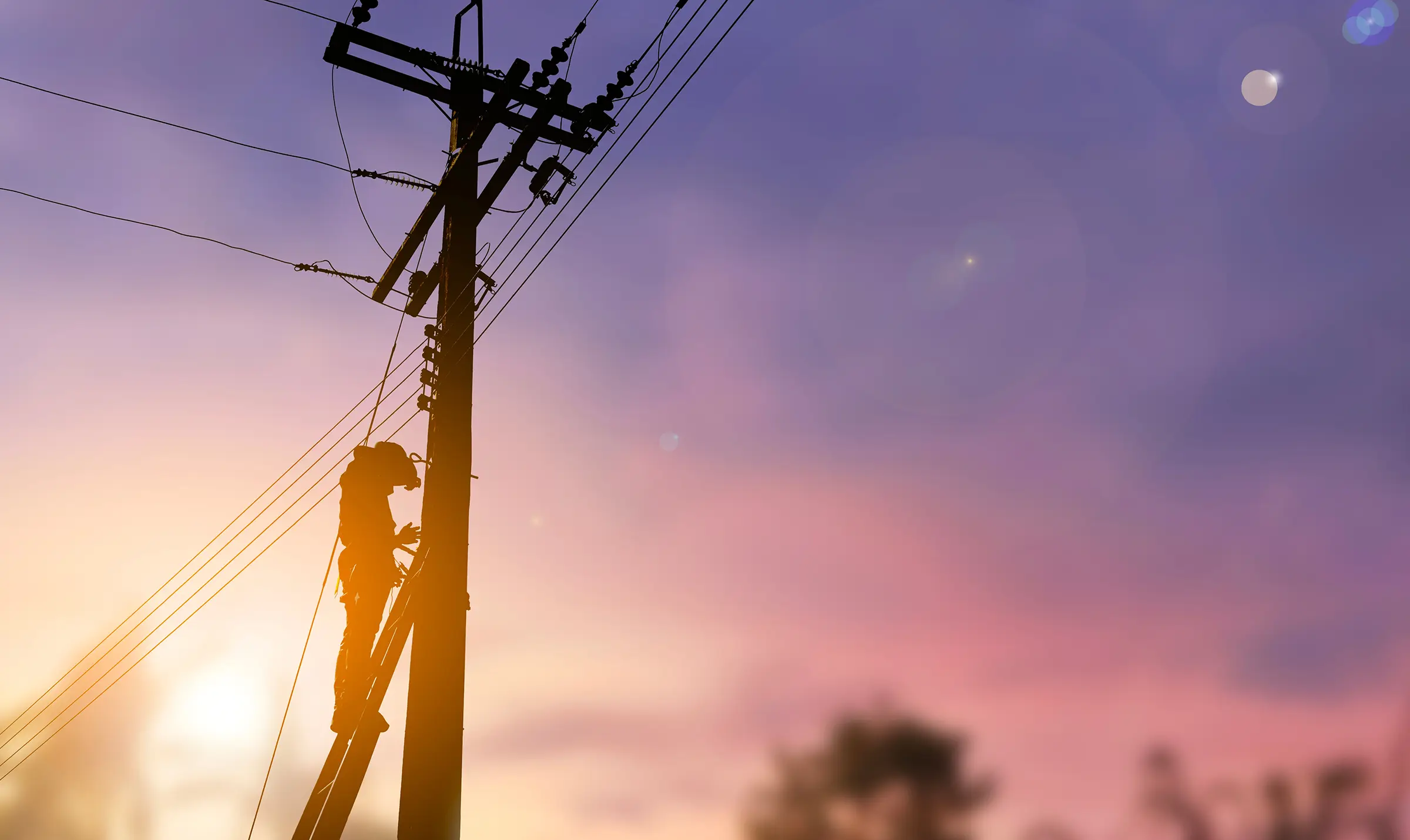Jim Chalmers talks as if he is delivering a big surplus. Certainly, $9.3 billion sounds like a lot of money. However, last year Australian GDP was an amazingly large $2.6 trillion. The Budget Papers (Table 1.2) show this budget surplus as just a small budget balance of 0.3% of GDP. Of course, a budget balance of 0.3% is better than no balanced budget at all.
This Budget seems to have been produced with detailed election polling in mind. There is something for everyone. There is a handout or a hand-up for every identifiable voting group. The Budget gives the government the flexibility to launch into an election campaign almost any time in the next year. Right now, in this document, almost every interest group is taken care of.
This is important because the major economic parameters tells us that the economy is softening. GDP growth for 2023-24 is only 1.75%. This is down from 3.1% in 2022-23. As a result, unemployment is expected to rise to 4% in the middle of 2024 and 4.5% by the middle of 2025. This unemployment of 4.5% stays at this level for three consecutive financial years up to and including 2026-27.
The result of this continued period of higher unemployment is that inflation falls. Still, it takes until the middle of 2027 for the RBA inflation target of 2.5% to be achieved. This low inflation is bought at the cost of a weak demand for labour.
Outlook for the Terms of Trade
The good news that has been delivered over the last couple of years in the shape of balanced budget has been achieved as a result of the highest terms of trade that has ever been recorded. Budget Paper 1, page 67, tells us that the terms of trade is forecast to decline from here over the next three years. The terms of trade is expected to stabilise in 2025-26 at around the average level of the past 15 years. Commodity prices are assumed to reach their long-term levels by the end of the March quarter 2025.
As we said, this is a budget which has something for everyone. The overwhelmingly largest function of expenditure is Social security and welfare. This accounts for spending of $266.7 billion, or 36.3% of outlays. Next comes Health with $112 billion, or 15.3% of outlays. Education comes next with $53 billion, or 7.2% of outlays. Following these is Defence with total expenditure of $48 billion, or 6.5% of expenditure.
The estimates of the increases in Australian General Government Expenses by Function show some very interesting movements. Of course, the largest total increase is Social security and welfare, with an increase of $14.35 billion. However, what is interesting in these numbers is the percentage changes.
By far the biggest percentage increase is spending on fuel and energy. These are subsidies for keeping prices low. The fuel and energy sector is seeing increases in expenditure of 51.6%. This is an increase in spending of $6.84 billion. The next big percentage of increased spending is Housing and community amenities with an increase of 25.7%. This is a total increase in spending of $2.044 billion.
Final thoughts
Jim Chalmers talks as if he is delivering a big surplus. The Budget Papers (Table 1.2) show this budget surplus as just a small budget balance of 0.3% of GDP. Of course, a budget balance of 0.3% is better than no balanced budget at all.
This Budget seems to have been produced with detailed election polling in mind. There is something for everyone. There is a handout or a hand-up for every identifiable voting group. The Budget gives the government the flexibility to launch into an election campaign almost any time in the next year. Right now in this document, almost every interest group is taken care of.
This is important because the major economic parameters tell us that the economy is softening. GDP growth for 2023-24 is only 1.75%. This is down from 3.1% in 2022-23. The result of this is that unemployment is expected to rise to 4% in the middle of 2024 and 4.5% by the middle of 2025. This 4.5% of unemployment stays at this level for three consecutive financial years.
Perhaps the government will want to move to an election before this period of weak employment and higher unemployment really sets in.











